The Stories Behind the Weirdest Food Names Ever
Food names don’t always follow logic. Over time, the most peculiar ones stuck not because they made sense, but because people remembered them. It helps when they’re funny, oddly specific, or just completely baffling. Here’s a look at foods with names that sound like jokes but have stories behind them.
SPAM
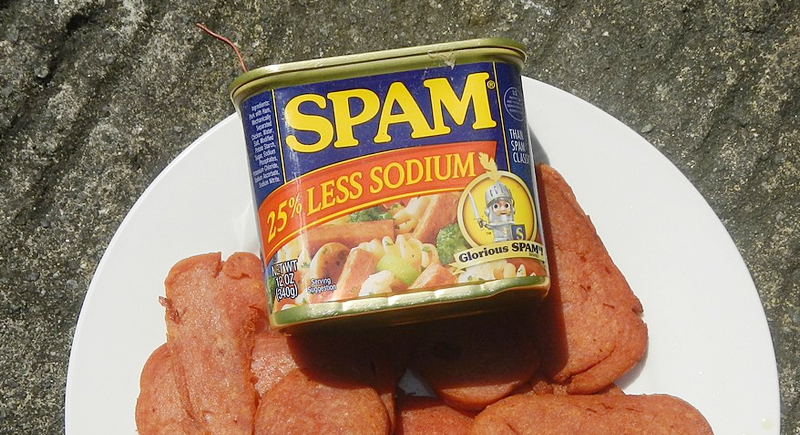
Credit: Wikimedia Commons
The name SPAM came out of a 1937 naming contest hosted by Hormel. The winner? A mashup of “spiced ham.” Over the years, it became one of the most divisive canned meats, helped along by Monty Python’s infamous sketch and wartime rations.
Sundot Kulangot

Credit: Wikimedia Commons
In the Philippines, this sticky rice dessert has an unfortunate name: Sundot Kulangot. Translated literally, it means “poke a booger.” Sold in tiny wooden balls, it’s eaten by poking a stick or finger inside to scoop it out. It hails from Baguio and tastes like coconut and brown sugar—not nasal anything.
Bubble and Squeak
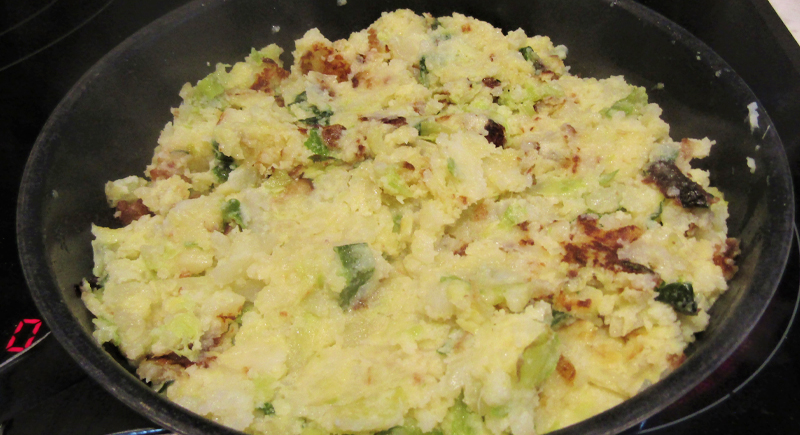
Credit: Wikimedia Commons
This British dish got its name not from any ingredient but from the noise it makes in the pan. People in England have eaten it since at least the 18th century. There’s no official recipe. It’s just leftover vegetables smashed together and pan-fried until they brown, bubble, and squeak.
Burrito

Credit: Wikimedia Commons
“Burrito” means “little donkey” in Spanish. The reason is still up for debate. One idea ties it to how donkeys carry rolled-up packs, which resemble a wrapped tortilla stuffed with filling. Another theory links it to a street vendor during the Mexican Revolution who used a donkey to sell food.
Toad in the Hole

Credit: Wikimedia Commons
British food has a knack for dramatic titles. Toad in the Hole features sausages baked into Yorkshire pudding batter. The name may refer to how the sausages stick out like toads peeking from holes. Some say the term originated in the 18th century and has more to do with golf than reptiles.
Pumpernickel
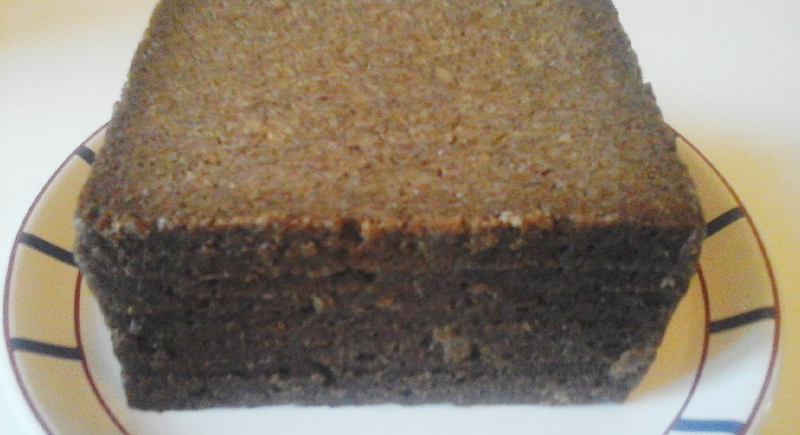
Credit: Wikimedia Commons
This dark, dense bread has a name that makes German speakers pause. “Pumpern” means to break wind, and “Nickel” is a nickname for the devil. So pumpernickel, loosely, is the “devil’s gas.” That’s not a joke. It’s a plausible etymology supported by linguistic historians.
Betamax
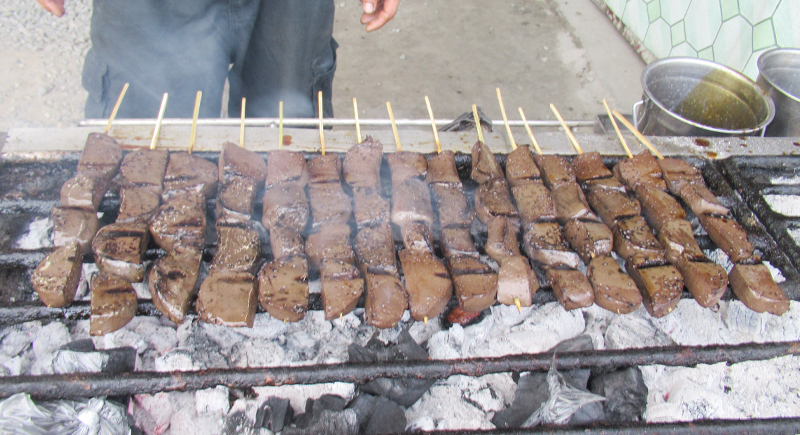
Credit: Wikimedia Commons
On the Philippines streets, ordering Betamax doesn’t get you a movie—it gets you skewered cubes of grilled pork or chicken blood. The snack is named after its shape, which resembles a Betamax video cassette. Vendors cook it on open grills and often serve it with vinegar and chili.
Ladyfingers

Credit: Wikimedia Commons
No actual fingers involved here. These sponge cake biscuits earned the name centuries ago because of their long, slim shape—delicate like a lady’s fingers. They originated in the 15th-century House of Savoy and have since found their way into tiramisu, trifles, and bakery shelves everywhere.
Gnocchi
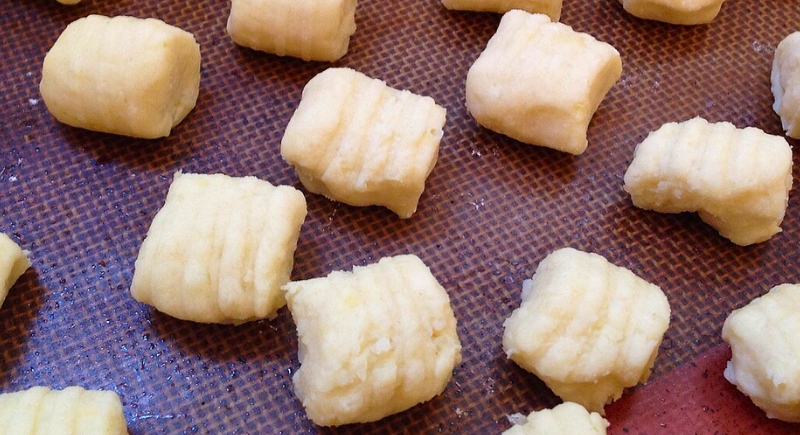
Credit: Wikimedia Commons
Gnocchi may be soft and squishy, but their name has rougher roots. It traces back to the Italian nocchio, meaning “knot in wood.” That word became gnocco, and finally gnocchi in the plural. So linguistically, they’re more about texture and shape than taste.
Dutch Baby

Credit: Wikimedia Commons
The name likely comes from a misheard version of “Deutsch,” the German word for “German.” As for “baby,” no one’s entirely sure—it could refer to the small portion size or just be a playful nickname. A Seattle restaurant helped popularize it in the 1900s with powdered sugar and lemon.
Nachos
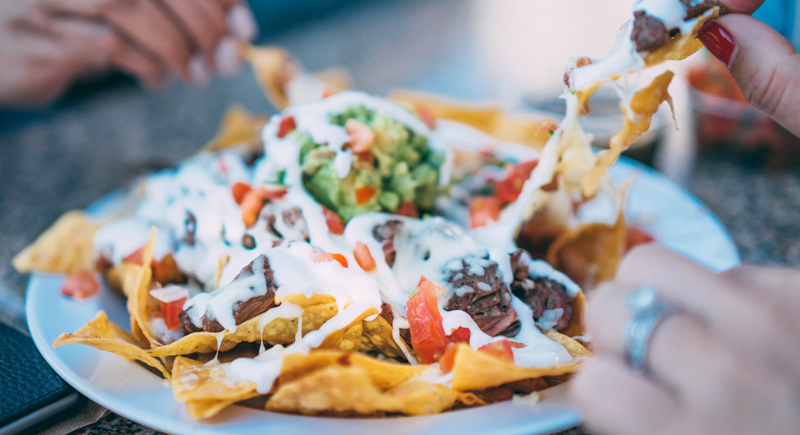
Credit: Wikimedia Commons
This iconic snack came from Ignacio “Nacho” Anaya, a maître d’ in 1943, who had to improvise something for hungry guests. He fried tortilla chips, melted cheese on top, and added jalapeños. The dish caught on, and he became the name of the snack seen worldwide.
Pan de Regla

Credit: Instagram
This Filipino bread, bright red in the center, goes by many names, including pan de regla, which means “menstrual bread.” It’s also called kalihim or “secret bread” because bakers used day-old bread as filling. Despite the eyebrow-raising nickname, it’s sweet and soft, commonly eaten for breakfast or as a snack.
Pretzel

Credit: Wikimedia Commons
The pretzel’s twisted shape resembles arms crossed in prayer, a gesture once encouraged during Christian observance. Linguistically, the name may trace back to the Latin word brachiatus or “with arms.” Their religious symbolism faded over time, but the distinctive shape stuck.
Devils on Horseback
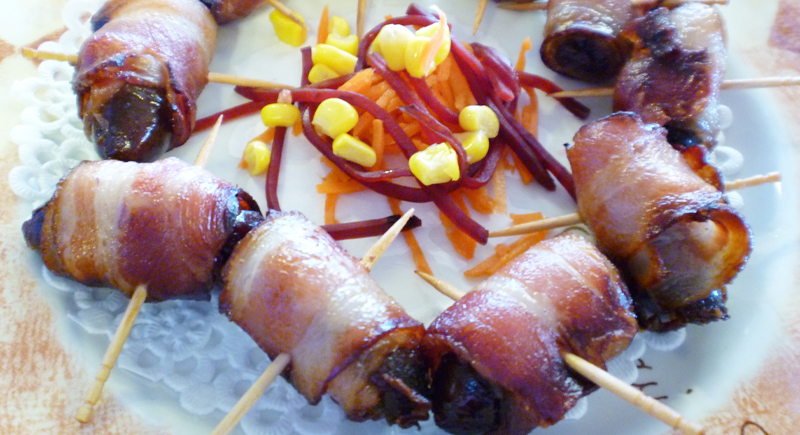
Credit: Wikimedia Commons
This British appetizer—usually prunes or dates wrapped in bacon—goes by the name Devils on Horseback. Theories vary: some say it refers to how hot they are when served, others claim the bacon “armor” nods to medieval invaders. There’s no confirmed historical link to knights or devils, though.
Omelet
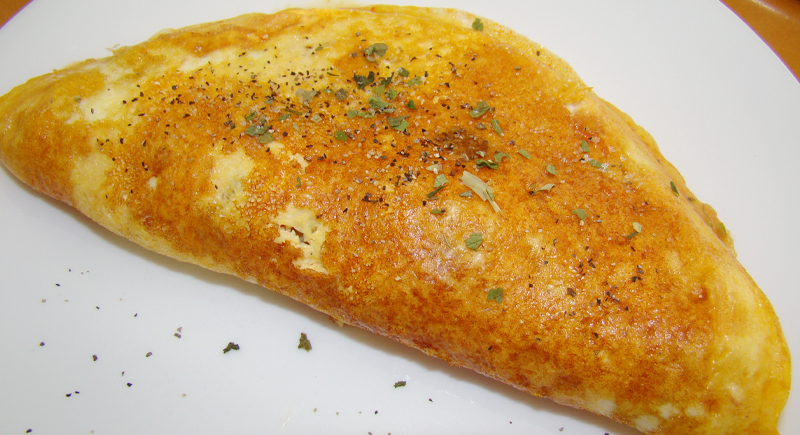
Credit: Wikimedia Commons
The term “omelet” comes from the Latin lamina, which means thin plate. The etymology took detours through misdivision and suffix changes, but the final word landed in English as “omelet,” describing eggs cooked flat and folded, like a plate of sorts.